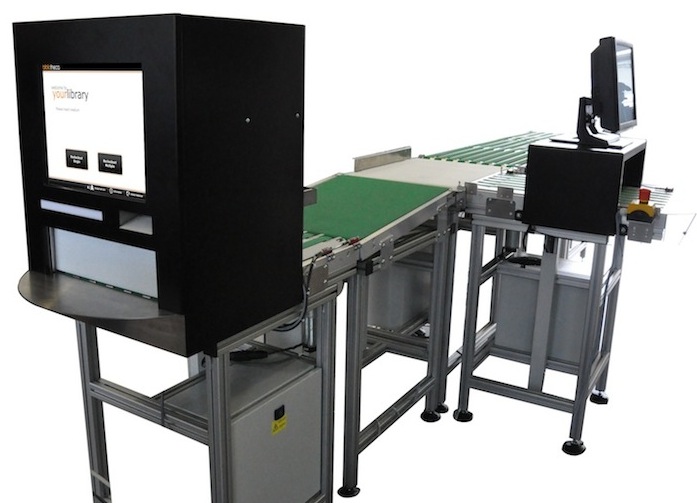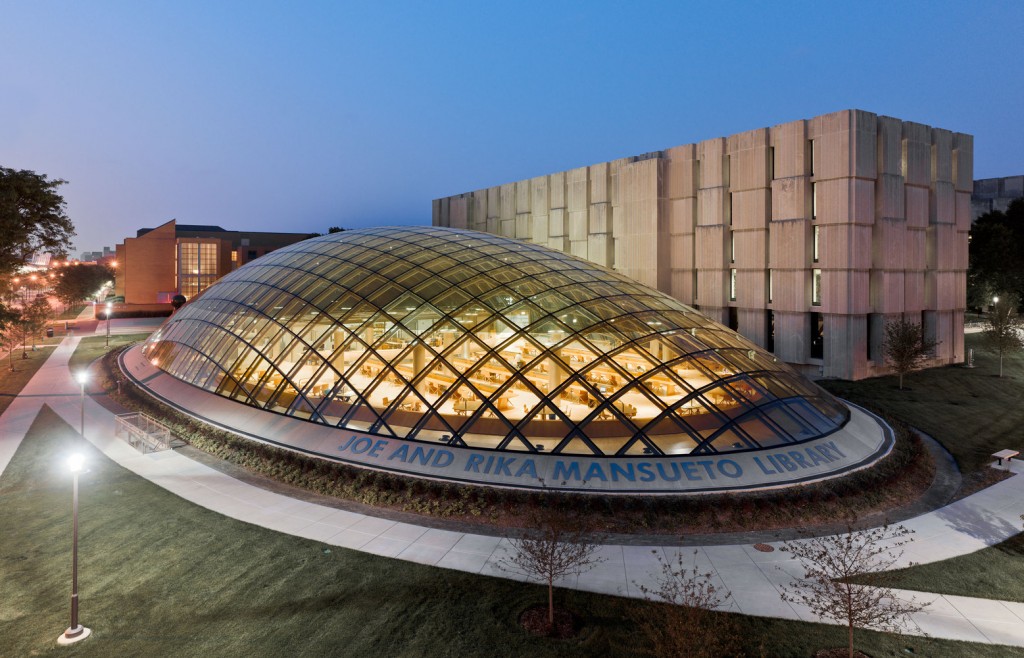The Internet of Things Serving Libraries
In Russia one of the most discussed topics in the professional library community is the Internet of Things (IoT). “The Internet of things (IoT) is the extension of Internet connectivity into physical devices and everyday objects. Embedded with electronics, Internet connectivity, and other forms of hardware (such as sensors), these devices can communicate and interact with others over the Internet, and they can be remotely monitored and controlled.” https://en.wikipedia.org/wiki/Internet_of_things
The most interesting part of this definition is that IoT is a complex of things (or mechanisms) connected with each other over the Internet. They can “communicate” with each other and act without people’s intervention.
The easiest and most obvious “thing” which fits these criteria of IoT is a Smart Home concept, a network of different devices: plugs, switches, lamps, heat sensors, air conditioners, refrigerators, irons, humidifiers, locks etc. All these devices can be managed manually, but their “smartness” implies that some scenarios can be implemented automatically. If, for example, the temperature exceeds the normal – an air conditioner is turned on; if a sensor, monitoring air quality, “sees” negative changes – an air purifier is turned on etc.
Bringing the IoT to the library
The same kind of system based on remote control of heating, air-conditioning, air-purifying works at our library – the Russian State Library for Young Adults (RSLYA) http://www.rgub.ru/en/ whereas they are managed through any gadget that has a browser and Internet access because the control panel sometimes is accessible not only with a specially designed app but through a regular website on the Internet as well.
Initially the devices like TV-sets, screens, electrically adjustable curtains etc. were not designed to be included in a centralized management system. Modern technology allowed us to add this equipment to the system of intellectual management of the building’s infrastructure. To do so the only precondition was the possibility of managing the devices through common infrared remote control or radio frequency.
We applied special intermediary devices to the terminal equipment and connected them to the corporate local network through Wi-Fi. They are accessible on a smartphone through a special app. At the same time, these intermediary devices can send infrared or radio signals which are received in a proper way by the terminal devices.
After including all devices in a unified system, we implemented different scenarios. By clicking a single icon on a smartphone app one can turn on many devices simultaneously: a projector, an amplifier, an air conditioner, or you could roll down a screen. Such functions were enabled earlier through special universal remote controls. However, one had to be on site in person to make use of this technology. Now, since any device can be connected to any other gadget through Wi-Fi (or a local network), there are no limitations in using this technology: one can manage every device from any part of this planet that has internet connectivity.
Special library equipment
Let us take a look at the special library equipment which we plan to use at the RSLYA. I would like to mention so called “smart bookshelves” with RFID (radio frequency identification) technologies. They look like a big bookcase with many antennas covering all books, discs and other objects in it.
If all the stacks in the library are equipped with RFID, we can figure out very fast where a book is located (to within 20 cm). Then we can provide a patron with directions to the right bookshelf – whether printing them from a search terminal or using a special app. We can also find a lost book, get a book back to the depository even if its return had been documented in a wrong way. We can easily check out a book, do a fast inventory etc.
It is obvious that this system gives a wide range of opportunities limited only by the imagination of a customer and capacities of an integrator. A location of a book is no longer approximate, as previously, all books become material objects under a strict and permanent control. Unfortunately, the main obstacle for implementing this kind of system is a high price for RFID equipment. And for a certain part of collections there rise other problems: a too small a size of items, too many items in one package, metal parts in items etc. But all these problems can be resolved in future.
However, some robotic devices controlled through the web related to RFID and to the Internet of Things, are used already in many contemporary libraries including the RSLYA. For instance a book return system, equipped with an automatic sorter. When a customer returns a book, the system detects it, confirms its acceptance, and then using special conveyers puts the book into the right bin that belongs to a certain department.

Book return station with an automatic sorter
If a library user finds a book in the catalog, borrowed by someone else, he/she makes a reservation and when the book is returned through the automatic station, it goes to a special bin for ordered books. The patron immediately receives a message or email that the book is available. All books from this bin are transferred to the special bookshelves located at the library’s entrance, so that patrons do not spend much time searching for their orders.
The IoT and events and programs
One of the core activities of our library are our numerous events. These of course demand a variety of equipment: sound, light, video recording devices, sometimes even a fog machine etc. The device’s remote control allows for the operator to manage the devices from anywhere. This also helps to cut expenses: no need to connect different rooms via cable with a central control room if one can manage all processes from any place.
The RSLYA does not have a full-fledged cafe yet. Therefore we decided to install vending machines at our library. Since they are owned by the library and are not run by an external provider, we designed a remote control to operate those machines. By receiving telemetry data of price settings and from the article dispensing system this allows us to monitor the number of items left in the machine, to indicate a malfunction or to help a customer to purchase the goods remotely.
Exemplary use of the IoT at libraries
Finally, I would like to mention two fantastic examples at first sight cases. One of them has been already put into practice by the University of Chicago’s Mansueto Library https://www.lib.uchicago.edu/mansueto/
This library is unique not only for its architecture but as an example of library automatization as well. Like an iceberg it consists of two parts: the visible part, designed for customers – large, modern, well equipped; and the hidden part– a huge underground book depository.

The Mansueto Library at the University of Chicago
There are no people underground, only roboters rule there. When a reader orders a book the system sends a robot to the exact stack to deliver the book upstairs. Delivery time is only several minutes and the efficiency of space usage is maximal. At the same time, in the readers’ zone, the atmosphere is cozy and warm and no one can guess that under the floor there is such machinery at work.
The second example is a bit more fantastic and difficult to realize, although Amazon is testing it already for the delivery of their goods with unmanned aerial vehicles, drones. When a customer orders an item, a robot attaches it to a drone, which flies to the client. If it is easy for the countryside, in a city it could be a serious problem when there are many drones on their way at the same time. Nevertheless, this project is going through the last stages of implementation.
How can these innovations be used in libraries? Maybe one day, books will be delivered to remote villages this way. A drone starts from a special platform on the roof of the library, and then the books come back the same way. In general it is possible and more effective than library buses. But at the moment there are more problems implementing this system than the expected advantages.
Summarizing my article, I would like to stress despite technologies that have already come true (I have touched upon only some of them), it is important that they should not destroy the unique atmosphere in libraries which have a great value for visitors: the atmosphere of knowledge, comfort, help, mutual understanding, collaboration.
Implementing of some systems like RFID doesn’t mean that the staff should think that they could lose their jobs. These systems enables the staff to work intensely with certain difficult needs of their patrons. The Internet of Things should help solving problems but should not be used for its own sake.
Author: Anton Purnik, Russian State Library for Young Adults, Moscow
Mail: purnick@rgub.ru